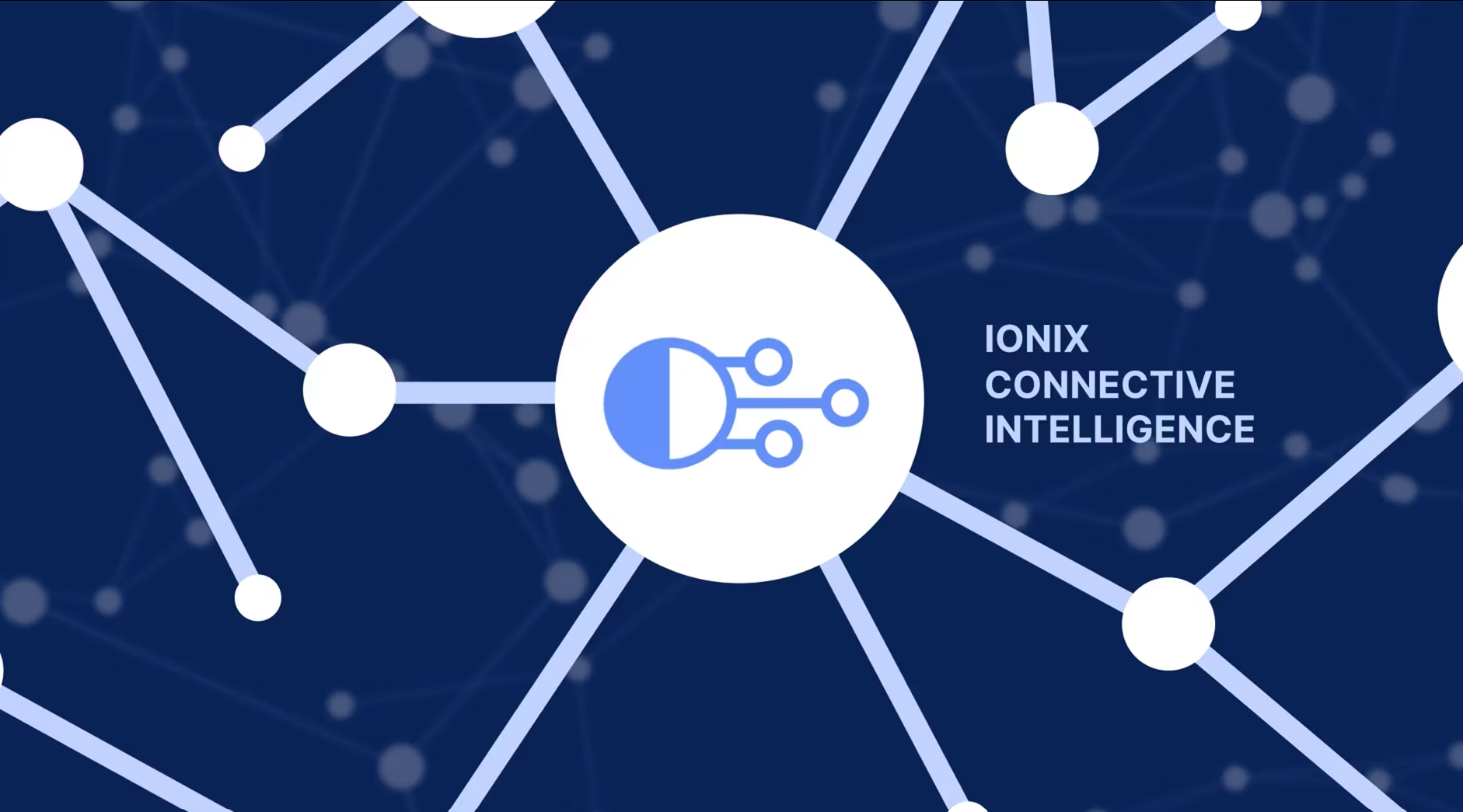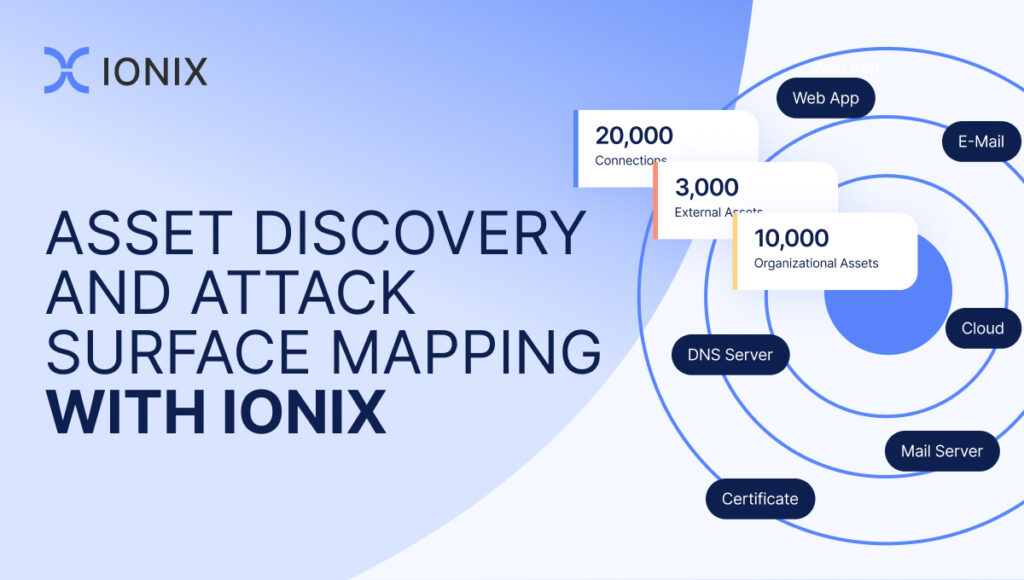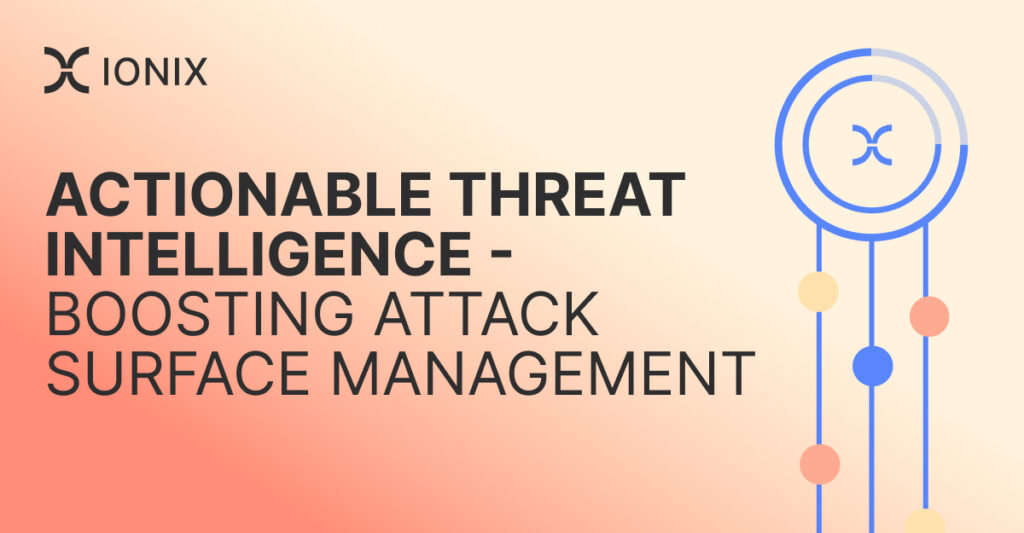Continuous Threat Exposure Management (CTEM) – Automation & Management
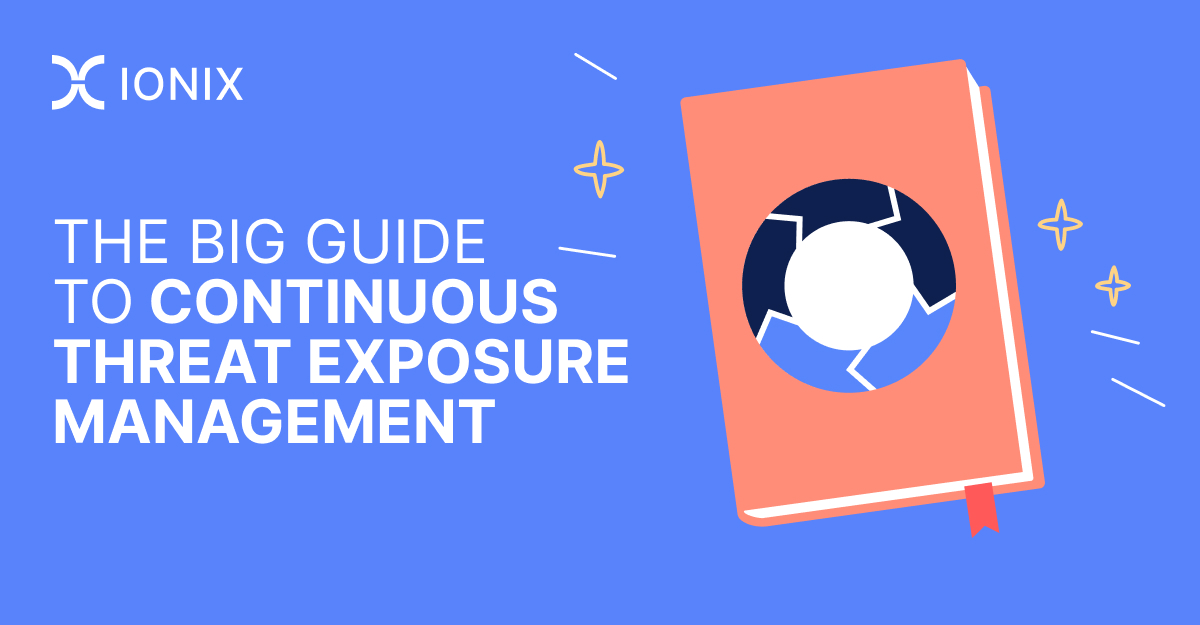
In a time where cyber threats evolve as swiftly as the technologies they target, organizations need a strategic approach to rise above the noise while effectively reducing risk. Enter Continuous Threat Exposure Management (CTEM) — a paradigm-shift in cybersecurity introduced by Gartner. In this article, we compare and contrast CTEM with a closely related, traditional approach – vulnerability management – and discuss practical ways to apply CTEM in your organization.
The backdrop: Vulnerability management
Traditionally, vulnerability management (VM) was used to proactively manage security risks. One helpful definition of vulnerability management is that it “allows your organization to understand, and validate on a regular basis, which vulnerabilities are present in your technical estate, where updates are failing, and to actively reduce the impact of both.”
As the first step in VM, a vulnerability assessment cycle runs routinely at a set interval to identify security risks. These intervals can range anywhere from a few days to several months – leaving a big window of opportunity open to attackers. In addition, vulnerability assessment typically runs on a clearly defined list of assets and requiring manual input to cover new assets. This static approach resulted in coverage gaps that threat actors can easily exploit.
The next stage in VM is to organize, categorize, and mitigate as many critical or high severity risks as possible. As the volume of vulnerabilities grows, organizations are unable to patch vulnerabilities at a sufficient rate even on critical systems. In some cases, it is possible to mitigate the risk by keeping unpatched applications hidden from the network. Needless to say, this approach is not always viable and raises another set of challenges.
CTEM, on the other hand, is a continuous and dynamic strategy that safeguards the attack surface of an organization. This isn’t just about staying one step ahead but redefining the race against cyber threats.
Let’s dive into how CTEM is reshaping cybersecurity norms and why it’s an indispensable program in your cyber defense arsenal.
What is continuous threat exposure management?
Continuous Threat Exposure Management by Gartner is a cybersecurity methodology that emphasizes ongoing risk management through a structured, five-stage program. Unlike specific tools or technologies, CTEM by Gartner is a comprehensive approach focusing on continuous planning, monitoring, and risk reduction. It involves the following five steps:
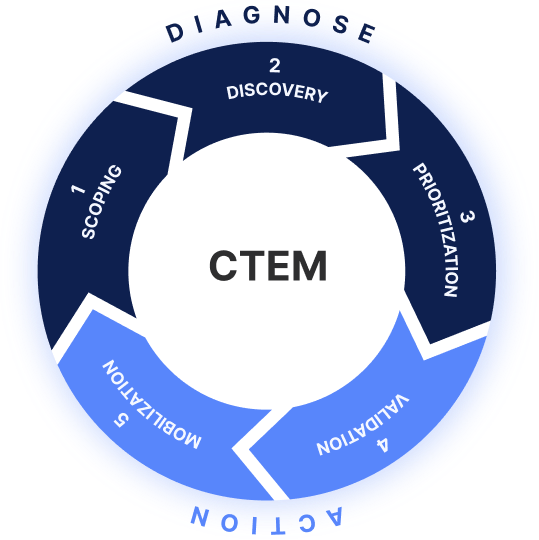
Diagnosis:
- Program Scoping: identify an initial scope that can deliver value based on the biggest risks to the business and expand as the program progresses.
- Attack Surface Discovery: discover the attack surface assets within the scope, assess their risk profiles including vulnerabilities, misconfigurations, and security issues.
- Risk Prioritization: identify and address the threats most likely to be exploited against the organization with the biggest business impact.
Action:
- Exposure Validation: conduct active exploitability testing to validate how potential attackers can actually exploit an identified exposure.
- Mobilization and remediation: operationalize risk reduction and acting on critical findings by reducing friction, aligning stakeholders, and streamlining remediation processes.
[Note: We dive into these steps in more detail below.]
| By 2026, organizations that prioritize their security investments based on a continuous exposure management program will be 3x less likely to suffer a breach. – Gartner |
The key to CTEM’s effectiveness is its alignment with business priorities and focus on validating exploitable risks. This approach significantly reduces more risk with less work thus enhancing an organization’s security posture, and adapting it continuously to meet evolving cyber threats and business requirements.
What is the difference between CTEM and vulnerability management (VM)?
Both VM and CTEM take a proactive approach to security. They are distinct but complementary approaches to managing cybersecurity risks within an organization. VM is narrowly focused on identifying, classifying, prioritizing, and striving to remediate vulnerabilities within an organization’s systems and software. VM typically operates with a specific scope of assets and aims to patch or mitigate known vulnerabilities to reduce potential attack vectors.
While VM is a critical component of cybersecurity, CTEM extends the concept to include a wider array of threats and exposures, providing a more strategic and comprehensive framework for security operations.
Here are a few other factors at play:
- Asset visibility and coverage: CTEM by Gartner provides greater visibility into all assets — even recently added ones.
- Alignment with business risks: CTEM aligns closely with business risks, ensuring that cybersecurity efforts directly support the organization’s overall goals. Whereas VM takes a more technical approach that’s disconnected from business context and objectives.
- Exposure validation: While VM relies on hypothetical risk scores like CVSS, CTEM actively validates exploitable risks. This ensures that real-world risks are prioritized and efficiently remediated.
- Scope and continuity: Traditional VM focuses on specific assets, with interval based assessments. CTEM on the other hand begins with defining a scope that aligns with what matters to the business. It then proceeds to continuously discover risks and adapt it scope in response to changes in the threat landscape, organization’s attack surface, and business needs.
- Stakeholder involvement: The first and last steps of CTEM, scoping and mobilization, involve organizational stakeholders beyond security. It starts with alignment fostering a collaborative approach to cybersecurity that delivers tangible outcomes and business value.
5 Phases of Continuous Threat Exposure Management by Gartner
CTEM has become a pivotal methodology for organizations aiming to minimize security risks since its introduction by Gartner in 2022. Its popularity stems from its effectiveness in consistently mitigating exposure risks. The core principle of CTEM is to diminish the chances of exploitable weaknesses in an organization’s technology estate – a goal achieved through a structured, multi-stage process. Let’s look at each step of the CTEM process in more detail:
- Scoping
The initial step involves defining a manageable and strategic scope that targets the most significant threats to the business. This foundational phase ensures that the CTEM program focuses on areas with the highest potential for impact, allowing for a targeted approach that can adapt and expand. It’s crucial for security teams to collaborate with business units to understand which assets are vital and the potential consequences of their compromise, ensuring that the program aligns with business priorities and risk tolerance.
- Discovery
Following scoping, the discovery phase involves an exhaustive identification and assessment of the organization’s attack surface. This includes not only traditional IT assets but also less conventional elements such as social media accounts and digital supply chains. Discovery extends beyond mere asset enumeration, encompassing a thorough evaluation of vulnerabilities, misconfigurations, and other security issues that pose risks. This step is about gaining visibility into both known and previously unrecognized assets, which could be exploited by attackers.
- Prioritization
Once assets and their associated risks are identified, prioritization focuses on evaluating which threats are most likely to be exploited and which would have the most significant business impact if compromised. This step goes beyond standard CVSS scores by incorporating exposure validation and business context—such as asset criticality and the availability of compensating controls—to accurately gauge the real-world risk to the organization. Prioritization enables the effective allocation of resources towards mitigating the most pressing threats, balancing the urgency and severity of exposures with business needs.
- Validation
Validation seeks to confirm the exploitability of identified vulnerabilities and exposures, simulating attacker techniques to assess the actual risk posed by discovered issues. This proactive approach not only tests the technical feasibility of potential attacks but also evaluates the organizational readiness to respond to and remediate such threats. By validating exposures, organizations can focus their mitigation efforts on vulnerabilities that are not just theoretical but are genuinely exploitable, ensuring that remediation activities are both necessary and justified.
- Mobilization
The final phase involves operationalizing risk mitigation and remediation based on validated findings. This step requires efficient collaboration across various stakeholders, including IT, security, and business leaders, to ensure that the recommended actions are feasible and aligned with business objectives. Mobilization emphasizes the importance of communication and collaboration in addressing cybersecurity risks, moving beyond the identification and prioritization of threats to actively engaging in their mitigation. By streamlining remediation processes and aligning them with organizational goals, companies can effectively reduce their exposure to cybersecurity threats, enhancing their overall security posture.
Benefits of implementing a CTEM program
The implementation of a CTEM program brings several distinct advantages to the table:
Strategic risk prioritization
With CTEM, it’s about getting your priorities straight. CTEM risk prioritization validates real-world risks, takes into consideration business impact and likelihood of occurrence. This way, you go from playing defense to strategically outmaneuvering potential attacks.
Alignment with business value
By scoping the program based on risks to the business, continuous threat exposure management strategy aligns cybersecurity efforts with broader organizational outcomes. This iterative approach continually expands to support the company’s growth and stability.
Validate real risks
Though the number of identified risks in an organization can be big, only a small percentage of these risks are actually exploitable. When an exploitable risk is identified, security teams can prioritize these risks effectively. With business context and exploitability validation, security teams can get IT buy-in to fix the top risks. This greatly reduces the time-to-remediate for validated exposures.
Proactive security
CTEM brings a proactive approach that transforms cybersecurity from reactive threat detection to strategic risk remediation and mitigation. This means that threat detection systems have fewer fires to put out. Additionally, until the risk is remediated – Extended detection and response (XDR) can pay closer attention knowing that there is a real risk of exploitation.
Flexibility and evolution
The modern CTEM program’s adaptable framework designed to adapt and expand in response to changing business needs and emerging threats.
Automation in CTEM
Automation is a cornerstone in CTEM, crucially enhancing its efficiency and adaptability. Here’s how automation plays a role in different CTEM phases:
Discovery phase
Here, automation is a powerhouse in quickly and thoroughly scanning your entire digital infrastructure, identifying all assets – known and unknown. Software tools are used to automatically find misconfigurations, vulnerabilities, and security issues. This isn’t just about speed; it’s about minimizing blind spots, identifying risks and providing a comprehensive view of your attack surface.
Prioritization stage
Here, automation steps to analyze and combine discovery findings, threat intelligence feeds, and exploitability testing results to target the greatest risk. Effective prioritization considers business context parameters such as data sensitivity, revenue importance, brand, and connectivity which are necessarily customized to the individual organization.
Validation process
CTEM programs often conduct attack simulation and active exploitability testing using tools like Breach and Attack Simulation (BAS) and Security Control Validation for a thorough examination of attack vectors and organizational defenses. Automating these processes enables organizations to validate exposures more frequently and on a larger scale in comparison to manual penetration testing exercises.
Mobilization phase
Finally, automation in this phase is all about getting things done quickly and at scale using integrated workflows. This approach ensures that response to exposures is effectively coordinated across different teams and systems to accelerate remediation. By streamlining automated workflows, you can minimize downtime and keep your defenses up-to-date.
With all its boons, an effective strategy is still at the core of effective CTEM automation. This is especially true for larger enterprises where automation tools must operate across diverse or older technology frameworks. Understanding, where automated processes are effective and where to apply skilled human intervention, is essential to ensure a comprehensive and effective cybersecurity strategy.
Can CTEM be implemented across organizations of various sizes?
CTEM by Gartner is not bound by the size of an organization. Whether it’s a startup or a large enterprise, CTEM’s principles of proactive risk exposure, business-aligned prioritization, and continuous improvement can be effectively applied. The key lies in adapting the CTEM framework to fit the unique digital footprint and risk profile of each organization.
Scalability and flexibility
The ability of CTEM to adapt to any organization’s size is one of its key benefits. For smaller businesses, it offers a structured approach to cybersecurity without overwhelming resources. Conversely, for larger corporations, it provides a robust framework capable of handling complex and extensive digital infrastructures.
Real-world application and customization
In practice, the application of CTEM varies based on the specific needs and resources of an organization. For example, a small business might focus more on certain steps of the process such as scoping or discovery, while a large enterprise might implement a full-fledged CTEM program with integrated threat intelligence and automated response systems. The key is to customize the approach to align with the organization’s size, industry, risk appetite, and available resources.
How CTEM and ASM work together
When it comes to CTEM, the role of Attack Surface Management (ASM) is indispensable. ASM enhances CTEM by providing exhaustive monitoring of the organization’s attack surface from the attacker’s perspective. It illuminates both visible and hidden digital assets, crucial for thoroughly managing threat exposures.
The implementation of ASM within a CTEM program is particularly impactful in managing the full lifecycle of internet exposed assets — scoping, discovery, validation, and prioritization. ASM begins with automation of the attack surface discovery of digital assets including unknowns. This is a crucial for evaluating and addressing cybersecurity risks.
IONIX as a CTEM platform
IONIX emerges as a notable player in this integrated security landscape. IONIX’s external threat exposure management platform caters to the complex requirements of CTEM and EASM (external attack surface management).
IONIX’s platform provides continuous, comprehensive discovery, assessment, and exposure validation across diverse IT environments, including cloud-based, vendor’s systems, and digital aupply chains. The platform prioritizes risks based on business context, exploitability, and threat intelligence data. What’s more, IONIX can be seamlessly integrated with existing security operations systems, streamlining workflows, and bolstering overall cybersecurity resilience. As you look to begin your journey implementing Gartner’s CTEM approach, learn why many organizations start CTEM with IONIX EASM.
To see the value IONIX CTEM can provide your organizations, request a scan.
